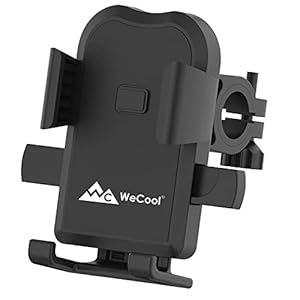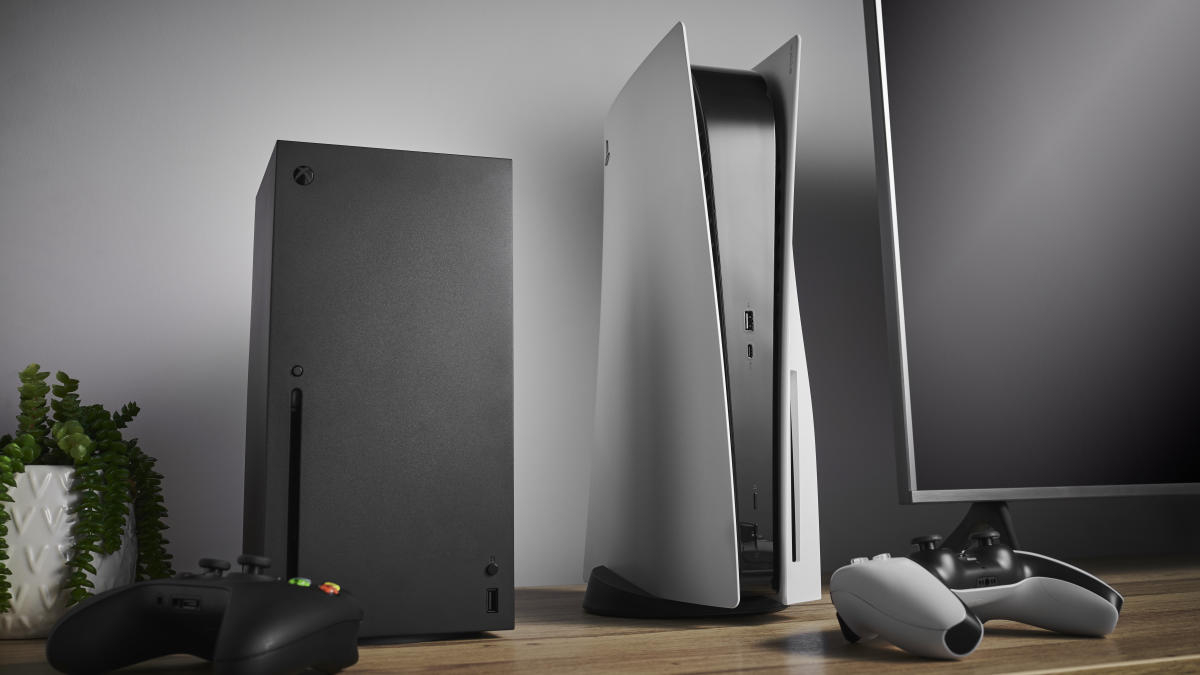
One of the best gaming TVs aren’t a lot completely different from one of the best TVs you should purchase usually. However when you’re trying to make your PlayStation 5 or Xbox Sequence X video games look their finest, there are a handful of key options to remember. That can assist you get probably the most out of your lounge setup, we’ve damaged down just a few ideas for getting gaming TV under. We’ve additionally scoured the present TV market and picked out just a few well-reviewed choices from throughout the value spectrum.
What to search for in a gaming TV
Whether or not you employ it for gaming or not, all good TVs are constructed on the identical foundations. You desire a 4K decision, high-enough brightness to beat glare and make HDR content material pop, a comparatively excessive distinction ratio with deep and uniform black tones, colours that discover the suitable stability between accuracy and saturation and extensive viewing angles. For video video games particularly, you desire a TV with minimal enter lag and quick movement response, with no blur or different undesirable artifacts behind quick-moving objects. In fact, discovering a set that does all of this effectively and matches into your finances could be tough.
OLED and LCD
For now, prime OLED TVs typically supply one of the best image high quality for gaming or in any other case. However good OLED units normally price greater than their LCD counterparts, and a few fashions could not get brilliant sufficient for individuals who have their TV set in a very brilliant room.
Extra particularly, fashionable OLED TVs could make the most of various kinds of OLED show tech: WOLED (i.e., “White OLED”) or the newer QD-OLED. We received’t dig too deep into how the two diverge in panel composition and subpixel construction, however the simplified model is that QD-OLED shows use a layer of quantum dots (therefore the “QD”) to ship a wider gamut of extra vibrant colours and better general brightness than conventional WOLED units.
This doesn’t imply all QD-OLED TVs are inherently higher: How effectively a person set performs is extra vital than the panel it makes use of, and a few premium WOLED TVs just like the LG G4 make the most of a brand new type of show tech referred to as Micro Lens Array (MLA) to drastically enhance brightness themselves. These could be higher at protecting colours pure within the face of reflections as effectively. And just about all OLED TVs share the identical core strengths. However nearly as good QD-OLED units have come down in worth, they’ve began to appear to be the standout for these trying to stability worth and superior image high quality.
For those who go for an LCD TV— whether or not to save lots of money or stick in room with poor mild management — a sophisticated backlight with smaller and extra exact mini LEDs and efficient full-array local dimming will normally enhance distinction and lighting element. Many of those TVs, together with some budget-level fashions, additionally use quantum dots to boost colours. They normally aren’t as vivid or quick in movement as the highest OLED units, however they’re typically brighter and extra reasonably priced, and one of the best can nonetheless produce a wonderful picture in their very own proper.
HDMI 2.1
To get probably the most out of a PlayStation 5 or Xbox Sequence X/S, your TV ought to have full HDMI 2.1 assist. That is the newest main replace to the HDMI spec, enabling the next most bandwidth — 48 gigabits per second, up from HDMI 2.0’s 18 Gbps — and a handful of options which might be helpful for gaming efficiency particularly. These embody variable refresh fee (VRR) and computerized low latency mode (ALLM), which we element additional under.
Past that, maybe the chief perk of HDMI 2.1 is its potential to transmit sharp 4K video as much as a 120Hz refresh fee with fashionable consoles just like the PS5 and Xbox Sequence X, or as much as 144Hz with a strong gaming PC. Not each PS5 or Xbox Series X/S recreation helps body charges that top — and a few solely do at decrease resolutions — however people who do will feel and look particularly fluid in movement. HDMI 2.1 additionally contains assist for Enhanced Audio Return Channel (eARC), which lets you go higher-quality lossless audio from a supply machine linked to the TV to a appropriate soundbar or receiver.
The extra full HDMI 2.1 ports your TV has, the higher. “Full” is the important thing phrase there. As reported by TFT Central, as a result of HDMI 2.1 is backwards appropriate with HDMI 2.0, TV and monitor producers have been allowed to model HDMI ports as “HDMI 2.1” even when they lack full (or any) assist for the spec’s upgraded options. We advocate just a few TVs under which have true HDMI 2.1 ports, however when you’re shopping for a brand new TV for gaming, ensure that your chosen set isn’t making an attempt to cover any capabilities you could contemplate important.
HDR — Excessive Dynamic Vary
HDR refers to a TV’s potential to show a wider vary between the darkest and brightest elements of an image. This broader vary can carry out particulars that will in any other case be lacking on a typical dynamic vary (SDR) TV, in each the very darkish and (particularly) very brilliant areas of a picture. HDR usually comes with an enchancment to paint copy as effectively, displaying a bigger palette of extra vibrant colours that brings content material nearer to its creator’s authentic imaginative and prescient.
To get an HDR image, you want each content material that’s mastered to benefit from the tech and a TV able to displaying that content material. HDR additionally is available in a wide range of codecs, that are typically break up between people who make the most of static metadata (e.g., HDR10) and people who make the most of dynamic metadata (e.g., HDR10+, Dolby Imaginative and prescient). In brief, the latter permits a TV to optimize its brightness and colours on a per-scene and even per-frame foundation, whereas the previous makes use of one set of optimized settings for the whole lot of the given content material. Help for these codecs can differ relying on the TV, content material and recreation console you employ. The Xbox Sequence X and S, for instance, assist Dolby Vision for gaming, whereas the PS5 doesn’t.
The excellent news is that almost all TVs you’d purchase in 2023 are HDR-ready in some trend, even on the finances finish of the market. The catch is that some TVs are a lot better at getting probably the most out of HDR than others. The identical goes for precise content material mastered in HDR. With video video games specifically, there aren’t fairly as many titles designed to benefit from HDR as there are motion pictures (although the quantity is rising on a regular basis), and the variance in HDR high quality tends to be wider.
HGiG — HDR Gaming Curiosity Group
HGiG stands for the HDR Gaming Interest Group. Sony and Microsoft are each members, as are many TV makers and recreation builders. What this implies is that, ideally, all of the teams talk info with the intention to begin up a brand new recreation on a console or PC and have it routinely acknowledge your show. As soon as that occurs, the sport can alter the interior settings to regulate for that show’s capabilities and provide the finest image high quality potential, with out shedding particulars within the brightest or darkest areas of the display. For instance, daylight on the finish of a darkish tunnel could painting a brightly lit surroundings as an alternative of trying like an overexposed white blob.
It is a good factor, however the actuality is a little more difficult. Not all TVs spotlight HGiG compatibility of their settings menu, whereas just some PlayStation and Xbox video games acknowledge and observe the rules. If an HGiG choice is listed in your TV’s tone mapping settings, it’s best to flip it on previous to working the console’s HDR settings. Then, when you’re taking part in a recreation that helps HDR and HGiG, you ought to be in fine condition with out having to regulate the assorted luminance ranges once more. Nonetheless, how all of this appears to you may differ relying in your TV and the sport you’re taking part in. House owners of sure LG OLED TVs, for example, could favor their TV’s Dynamic Tone Mapping setting. Use no matter settings you suppose look finest.
ALLM — Auto Low Latency Mode
ALLM permits a supply (like your PS5 or Xbox) to inform the show to change into an image mode that reduces lag between receiving every body of a picture and displaying it on the TV. This cuts out further processing that might be the milliseconds of distinction between touchdown a exact enter or not. A very good fashionable TV can routinely swap to recreation mode, then again out once you’d relatively watch a film or TV present.
VRR — Variable Refresh Charge
VRR will sound acquainted when you’re a PC gamer. Most gamers have skilled slowdown, display tearing or stuttering as a system struggles to render every body on the goal velocity, which is mostly 30 or 60 fps on a TV. With VRR, the whole lot stays in sync: Your show will not present the following body till it is prepared, which might make issues really feel smoother and extra responsive, even when the system fails to ship on its goal body fee.
There are just a few completely different implementations of VRR accessible, together with Nvidia’s G-Sync, AMD’s FreeSync and the HDMI Discussion board’s VRR spec, which is a part of the complete HDMI 2.1 normal. Each a TV and an enter machine have to assist the identical VRR tech for it to work, and completely different gadgets could solely assist VRR inside a selected refresh fee window. On a 120Hz show, for example, the PS5’s VRR solely works between 48Hz and 120Hz.
As a reminder, the PS5 supports HDMI Discussion board VRR, the Xbox Sequence X/S assist HDMI Discussion board VRR and FreeSync, whereas gaming PCs could assist G-Sync or FreeSync relying on whether or not they use a Nvidia or AMD graphics card. An excellent gaming TV helps all the massive VRR codecs, however lacking, say, G-Sync, isn’t a killer when you solely recreation on a PS5 or Xbox.
8K (You do not want it)
One factor you don’t want to fret about is 8K assist. Though the PS5 and Xbox Sequence X are technically able to outputting 8K video, only a few video games are made for that decision, and 8K’s sensible advantages are extremely minimal except you intend on sitting unreasonably shut to an enormous TV. The few 8K TVs available on the market are additionally very expensive.
Good gaming TVs you may get proper now
There’s by no means an ideal time to purchase a brand new TV. Costs on present fashions are at all times dropping, and subsequent yr’s upgrades are at all times simply across the nook. But when we needed to slim it down, the finest instances to pounce can be proper round Black Friday — after we normally see larger-than-usual reductions on the latest units — and through the late spring to early summer season interval, when final yr’s fashions steadily drop in worth as producers filter stock.
As of this writing, we’re nonetheless in the course of the latter. The most recent TVs from Samsung, LG, Sony, Hisense and the like at the moment are available, so most of the higher units from 2023 are within the technique of being phased out. For those who can seize a kind of older fashions whereas they’re nonetheless accessible and on sale, that ought to get you probably the most bang for the buck. Lots of these older units at the moment are completely out of inventory, although. Whereas we at Engadget don’t formally overview TVs, we’ve researched the market and rounded up just a few units which have been broadly well-reviewed by different skilled overview websites we belief, together with Rtings, Wirecutter, Reviewed and PCMag, amongst others.
Display sizes: 55″, 65″, 77″, 83″ | Show sort: QD-OLED (WOLED panel on 83″) | Decision: 4K | Most refresh fee: 144Hz (120Hz on 83″) | HDR codecs: HDR10, HDR10+, HLG | HDMI ports: 4x HDMI 2.1 | VRR: HDMI Discussion board VRR, FreeSync Premium, G-Sync appropriate | Good OS: Tizen | Display kind: Flat | ALLM: Sure | TV tuner: ATSC 3.0
The Samsung S90C has a QD-OLED show that mixes an OLED panel with a layer of quantum dots. This enables it to show the excessive distinction and deep blacks of any good OLED TV with out sacrificing as a lot in the way in which of peak brightness or shade saturation. It ought to ship persistently clean movement, and it has 4 HDMI 2.1 ports that may play as much as 4K 144Hz. It additionally helps HDR10 and HDR10+, ALLM and the main VRR codecs. Sizes vary from 55 to 83 inches, although the latter makes use of a extra conventional WOLED panel. Like the remainder of Samsung’s TV lineup, nonetheless, it doesn’t work with Dolby Imaginative and prescient HDR.
We’ll additionally word the Samsung S95C, a higher-end mannequin. It, too, can play in 4K as much as 144Hz, and a few reviews say it may well get a bit brighter than the S90C in HDR. Because it runs its ports by way of an exterior field, its precise {hardware} is thinner as effectively. But it surely prices just a few hundred {dollars} extra, so it’s tougher to justify except cash isn’t any object.
Samsung has launched the 2024 model of the S90C, the S90D. Nonetheless, the corporate is promoting it with both QD-OLED and lesser WOLED panels relying in your nation and chosen measurement. In North America, the 55-, 65- and 75-inch fashions nonetheless use the superior QD-OLED show, however the remainder could lose a number of the features that make the TV stand out within the first place. Provided that the QD-OLED model doesn’t look like greater than a minor improve over the S90C within the first place, it’s exhausting to completely advocate proper now.
The brand new Samsung S95D, in the meantime, is notable for having a matte end, which appears to assist it scale back glare. It’s far costlier than the S95C as of this writing, although.
Past Samsung, the Sony A95L is one other QD-OLED TV that’s received practically universal praise, with many reviewers saying it tops any various from Samsung or LG. It’s technically a 2023 mannequin, however Sony will continue to sell it by way of 2024. But it surely’s one other tremendous costly one — a 55-inch mannequin presently prices $2,800 — and it solely has two HDMI 2.1 ports, considered one of which is the eARC port you may want for a soundbar or receiver. That makes it a bit much less handy if you wish to maintain a number of consoles attached directly.
- Excessive distinction with deep blacks
- Good brightness for an OLED TV
- Accessible in sizes as much as 83 inches
- Does not assist Dolby Imaginative and prescient HDR
Display sizes: 42″, 48″, 55″, 65″, 77″, 83″ | Show sort: WOLED | Decision: 4K | Most refresh fee: 120Hz | HDR codecs: Dolby Imaginative and prescient, HDR10, HLG | HDMI ports: 4x HDMI 2.1 | VRR: HDMI Discussion board VRR, FreeSync, G-Sync licensed | Good OS: webOS | Display kind: Flat | ALLM: Sure | TV tuner: ATSC 1.0
The LG C3’s WOLED panel can’t get as brilliant as a QD-OLED TV just like the Samsung S90C, but it surely nonetheless performs excellently when it comes to distinction, enter lag, movement response and viewing angles. It’s sometimes accessible for somewhat bit lower than the S90C, too. It follows the HGiG’s HDR pointers, helps ALLM, works with all the main VRR codecs and has 4 full HDMI 2.1 ports able to outputting 4K 120Hz with a PS5, Xbox or PC. It additionally helps all the main HDR requirements, together with Dolby Imaginative and prescient, and it’s accessible in all kinds of sizes, from 42 to 83 inches. If the S90C runs out of inventory, it’s a nice various. It’s only a bit much less color-rich, and it doesn’t assist a 144Hz refresh fee for individuals who could wish to get probably the most out of a gaming PC.
The brand new provides 4K/144Hz assist for PC gamers, and it ought to carry a slight improve in general brightness and shade efficiency. If the C3 goes out of inventory for good, or when you see the C4 accessible for practically the identical worth, simply get the newest model as an alternative.
- Excessive distinction with deep blacks
- Dolby Imaginative and prescient HDR
- Accessible in sizes as much as 83 inches
- Not as brilliant as prime QD-OLED TVs
- Does not assist 144Hz refresh charges for PCs
Display sizes: 55″, 65″, 75″, 85″ | Show sort: QLED with mini-LED backlight (ADS Professional panel on 75″, VA panel on others) | Decision: 4K | Most refresh fee: 144Hz | HDR codecs: Dolby Imaginative and prescient, HDR10, HDR10+, HLG | HDMI ports: 2x HDMI 2.1, 2x HDMI 2.0 | VRR: HDMI Discussion board VRR, FreeSync Premium Professional, G-Sync appropriate | Good OS: Google TV | Display kind: Flat | ALLM: Sure | TV tuner: ATSC 3.0
The TVs above are all fairly costly. For those who’re on extra of a finances, the brand new Hisense U7N, one other QLED TV with mini LEDs, must be a robust worth. It’s not a greater gaming TV than the QN90C in a vacuum, because it solely has two full HDMI 2.1 ports, it may well’t get as brilliant and its picture will wash out extra dramatically when seen from an angle. You could have to tinker with the default image to get probably the most out of it, too.
However reviewers suggest that, for a whole bunch much less, it’ll nonetheless look good in any lighting situation, with spectacular brightness ranges for the cash, 4K 144Hz assist, all the principle HDR codecs, VRR, ALLM and low enter lag in its recreation mode. You’ll nonetheless sacrifice distinction in comparison with OLED TV, nonetheless, and movement received’t look fairly as quick or clean. It’s additionally price noting that the 75-inch mannequin makes use of a distinct panel sort than the others, one that ought to enhance its viewing angles however reduce its distinction.
For those who’re keen to pay extra for a higher-end LED TV, the Hisense U8N is the corporate’s step-up mannequin for 2024. It ought to deliver better brightness, colours and distinction, although some reviews say that it could have accuracy points out of the field. And once more, the OLED TVs above will typically look higher as long as you don’t want one thing searingly brilliant. Different current choices on this vary just like the Samsung QN90D (which has two extra HDMI 2.1 ports however no Dolby Imaginative and prescient) and Sony Bravia 7 look promising as effectively, although they’re way more costly.
- Sturdy worth
- Spectacular brightness for the value
- 4K 144Hz assist
- Distinction is not nearly as good as that of an OLED TV
- Mediocre viewing angles
- Solely two HDMI 2.1 ports
Display sizes: 55″, 65″, 75″, 85″ | Show sort: QLED with mini-LED backlight (ADS Professional panel on 75″, VA panel on others) | Decision: 4K | Most refresh fee: 60Hz (120Hz at 1080p or 1440p) | HDR codecs: Dolby Imaginative and prescient, HDR10, HDR10+, HLG | HDMI ports: 4x HDMI 2.0 | VRR: HDMI Discussion board VRR, FreeSync appropriate, G-Sync appropriate | Good OS: Google TV | Display kind: Flat | ALLM: Sure | TV tuner: ATSC 1.0
On the decrease finish of the value spectrum, this yr’s is among the few budget-level TVs with quantum-dot shade, a mini-LED backlight and full-array native dimming. this helps it ship higher distinction and shade quantity than most value-oriented fashions. ALLM and the main HDR requirements are supported as effectively. Technically, it’s a VRR show as effectively— however, like many cheaper TVs, the U6NK is proscribed to a 60Hz refresh fee in 4K, in order that assist solely goes to this point. You’ll be able to drop the decision to 1080p or 1440p and play at 120Hz, which is sweet, however VRR received’t work in that case so that you may see extra display tearing. There are not any HDMI 2.1 ports both, and the TV’s brightness ranges and movement dealing with will nonetheless be a transparent step down from costlier choices. However at $450 or so for a 55-inch mannequin as of this writing, all of that must be simpler to miss.
- Reasonably priced
- Mini-LED backlight
- Quantum-dot shade
- Restricted to 60Hz refresh fee
- No HDMI 2.1 ports
- Mediocre viewing angles
Richard Lawler contributed to a earlier model of this report.
Trending Merchandise


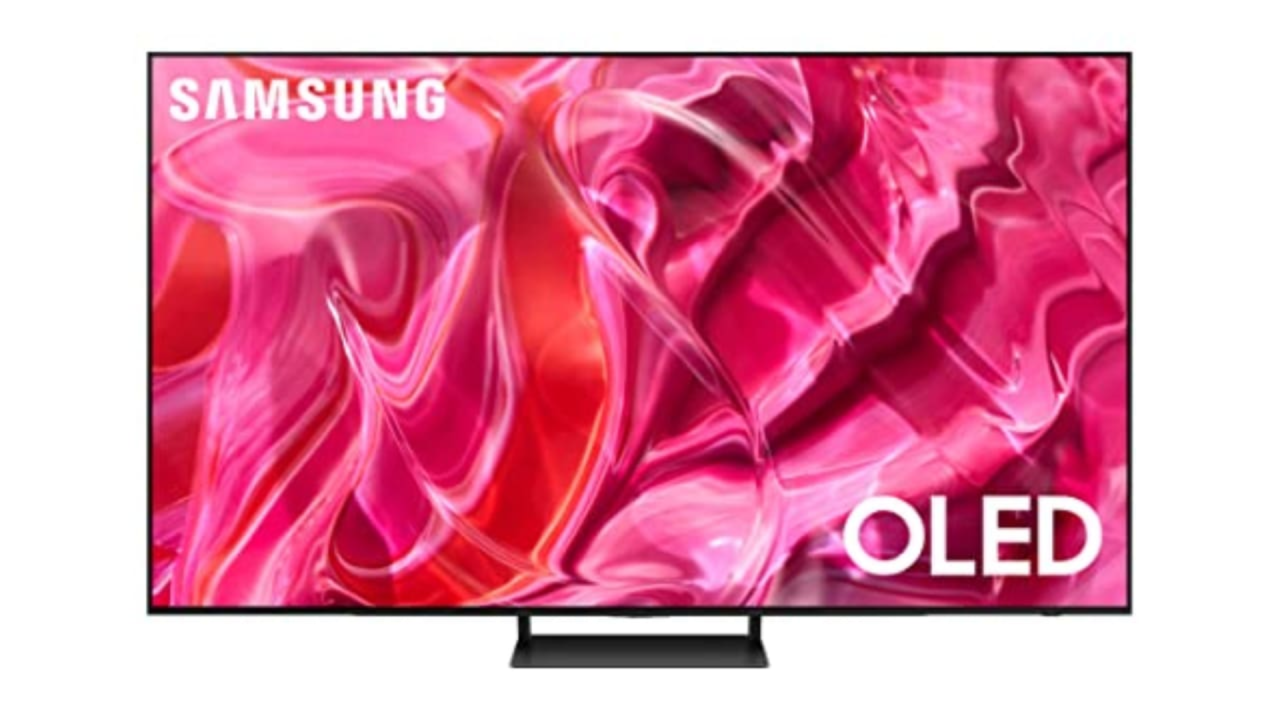

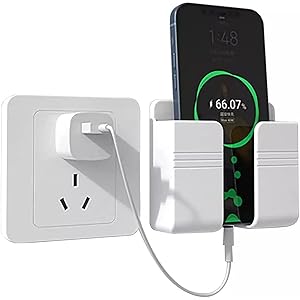
![CRATIX 360°Rotatable and Retractable Car Phone Holder, Rearview Mirror Phone Holder [Upgraded] Universal Phone Mount for Car Adjustable Rear View Mirror Car Mount for All Smartphones](https://m.media-amazon.com/images/I/410N7NZtIjL._SS300_.jpg)
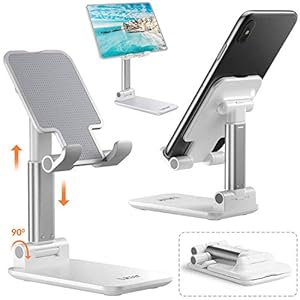
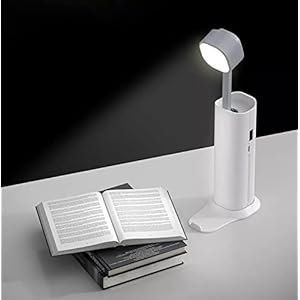


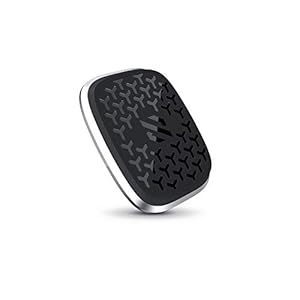
![Car Phone Holder Mount, [Military-Grade Suction & Super Sturdy Base] Universal Phone Mount for Car Dashboard Windshield Air Vent Hands Free Car Phone Mount for iPhone Android All Smartphones](https://m.media-amazon.com/images/I/51KK2oa9LDL._SS300_.jpg)
